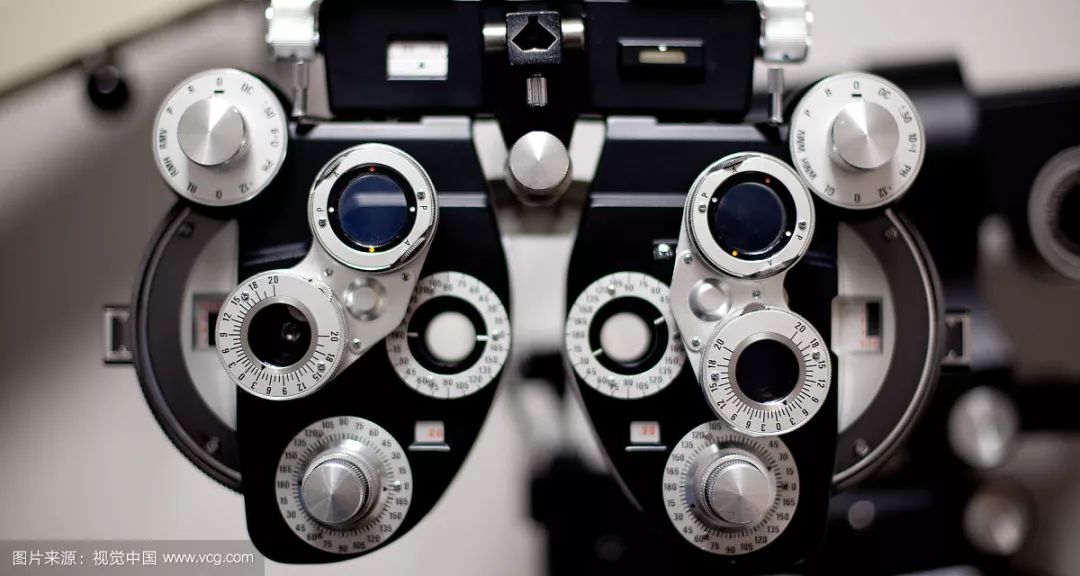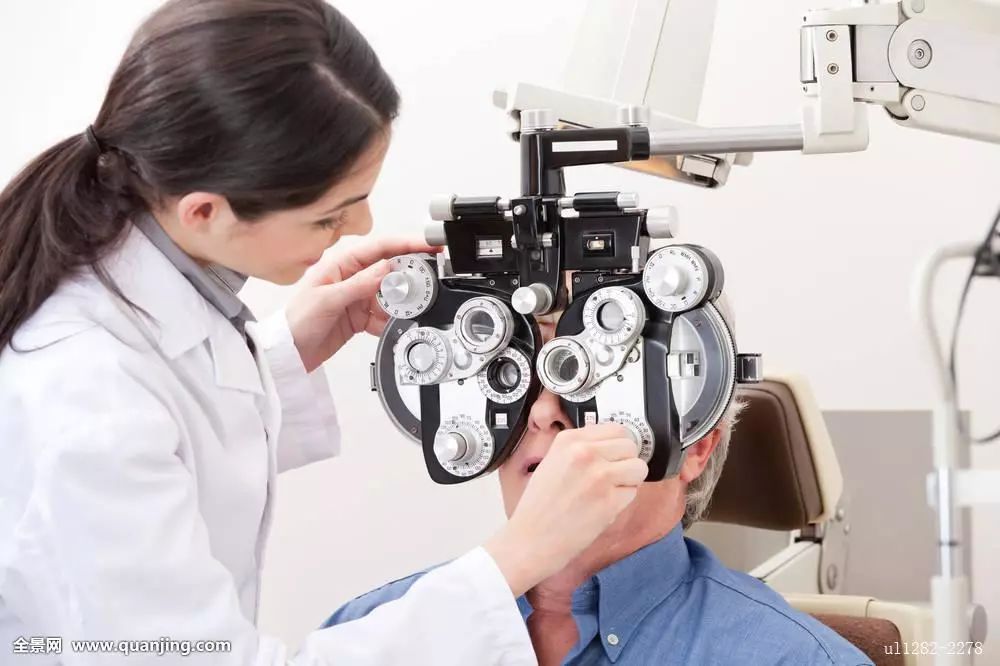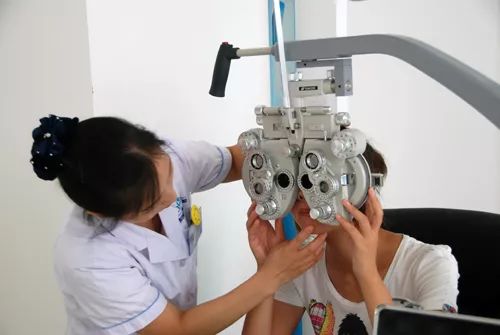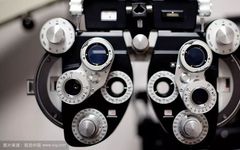Welcome to join the QQ group
① Group 210641737
② Group 862283253
③ Group 953562369
④ Group 332896730
Submission email: [email protected]
Douyin account: ygstd2020
1. Insufficient convergence
① Performance: Commonly seen in patients with moderate myopia and high hyperopia when first wearing corrective glasses, or in cases of anisometropia. When a moderately myopic patient wears corrective glasses for near vision, the line of sight falls below the negative lens, causing a base-in prism effect, resulting in blurred vision, fatigue, cross diplopia, eye pain, headaches, and avoidance of near work.
② Detection: FLP normal, NLP high exophoria, decreased positive relative convergence at near, near point of convergence moves further away (>250px), AC/A ratio low normal, accommodation check normal.
③ Treatment: Convergence training is the first choice and effective method, with an efficacy rate exceeding 90%. Effective indicators include increased positive relative convergence and shortened near point of convergence, reaching normal or close to normal range. For those with insignificant effects from convergence training, consider using BI prisms for near work to alleviate symptoms.

2. Excessive convergence
① Performance: Commonly seen in patients with high hyperopia who have not been corrected or those with moderate myopia when first wearing corrective glasses. Short-term near work can lead to visual fatigue, blurriness, accompanied by headaches and homonymous diplopia.
② Detection: FLP normal, NLP high esophoria, decreased negative relative convergence at near, decreased positive relative accommodation at near, AC/A ratio high normal (>6).
③ Treatment: For near work, adding near lenses is an effective method. Due to the high AC/A ratio, a small amount of near addition can significantly improve convergence abnormalities. While alleviating symptoms with glasses, convergence training can also be conducted; although convergence training is not as effective as divergence training, it helps to increase negative relative convergence.
3. Insufficient divergence
① Performance: Commonly seen in excessive near work or functional abnormalities without obvious causes. Symptoms include visual fatigue and headaches during distance work, accompanied by homonymous diplopia.
② Detection: NLP normal, FLP latent esotropia, decreased negative relative convergence at distance, decreased AC/A ratio (<3).
③ Treatment: First, correct refractive errors. During distance work, adding BO prisms can alleviate symptoms. If the positive relative convergence at distance is sufficiently large, using prisms for both near and distance vision is not problematic. While using BO prisms, BI prism training can be conducted to improve negative relative convergence at distance.

4. Excessive divergence
① Performance: Commonly triggered by fatigue, weakness, or alcohol consumption, symptoms include clearer vision when closing one eye while gazing at distant targets, visual fatigue accompanied by cross diplopia.
② Detection: NLP normal, FLP high latent exophoria or intermittent latent exophoria at distance, decreased positive relative convergence at distance, increased AC/A ratio. Some patients may exhibit foveal suppression due to abnormal retinal correspondence at distance.
③ Treatment: Correct refractive errors, consider appropriately increasing the distance prescription for myopia or reducing the distance prescription for hyperopia, and conduct BO training to enhance the positive relative convergence value at distance, making it greater than twice the value of the latent exophoria at distance.
5. Simple latent exophoria
① Performance: Blurred vision for near targets, pain in the forehead and behind the eyeball, heaviness of the upper eyelid, prolonged near reading can lead to accommodative spasm, accompanied by cross diplopia.
② Detection: Both distance and near show latent exophoria, normal AC/A, decreased positive relative convergence at both distance and near, decreased NRA.
③ Treatment: Using BO prism training is the most effective treatment method. If the latent exophoria values for distance and near are similar, consider providing BI prisms to alleviate symptoms concurrently with functional training.
6. Simple latent esophoria
① Performance: Generally asymptomatic, severe cases may have a pulling sensation towards the nasal side, visual fatigue, and conjunctival congestion may be observed. When fusion function is disrupted, diplopia occurs on the same side.
② Detection: Both FLP and NLP show latent esophoria, normal AC/A, decreased negative relative convergence at both distance and near, decreased PRA.
③ Treatment: BI prism training can enhance negative relative convergence, and prolonged wearing of positive spherical lenses can alleviate symptoms. If the latent exophoria values for distance and near are similar, consider providing BO prisms to alleviate symptoms. If the latent exophoria values for distance and near are not equal, use the one with the lower value.

7. Pseudoconvergence insufficiency
① Performance: Similar to convergence insufficiency.
② Detection: Symptoms similar to convergence insufficiency, except that accommodation testing shows decreased AMP and significantly increased lag of accommodation. Due to the decrease in AMP, during NLP testing, the decrease in accommodative convergence leads to latent exophoria at near.
③ Treatment: During near work, adding positive spherical lens power can replace the lagging accommodation amount, effectively alleviating symptoms while also employing functional training to improve accommodative insufficiency.
